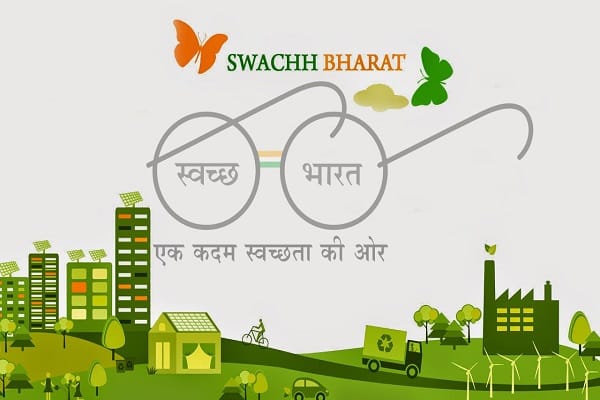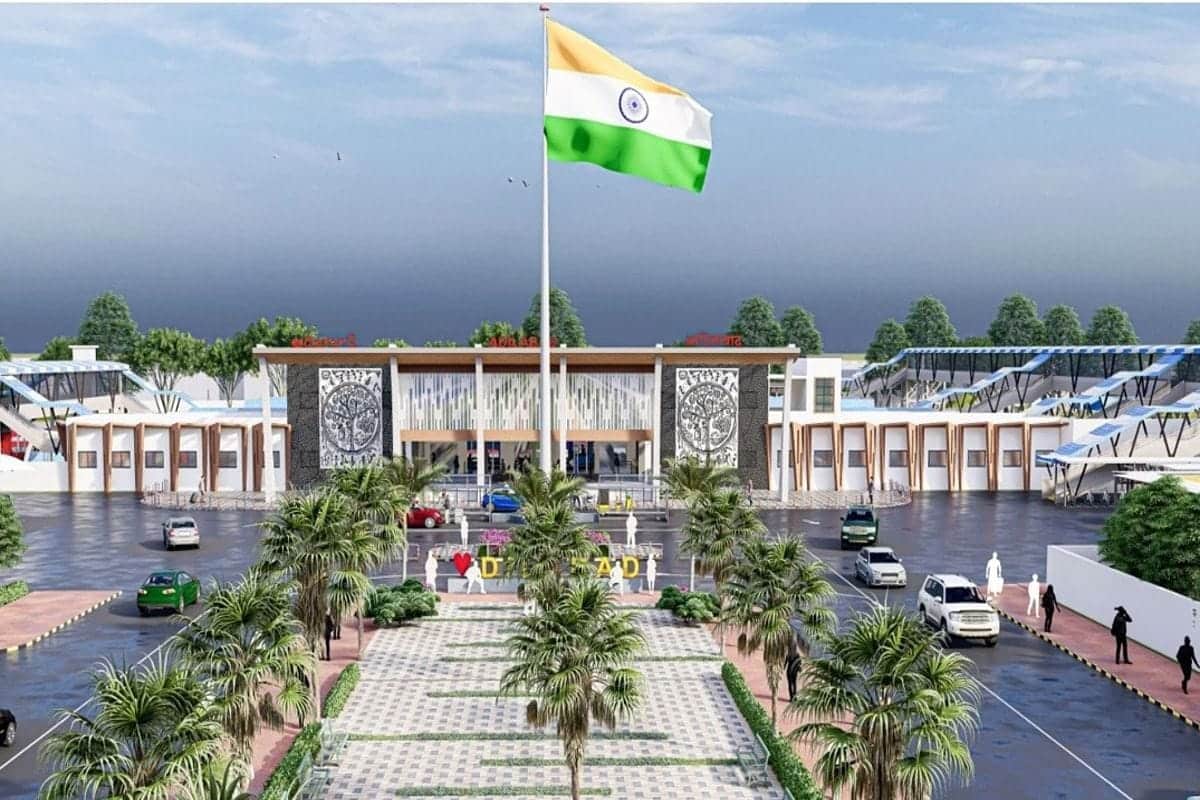The Swachh Bharat Mission (SBM) was launched by the Government of India in 2014 with the aim of making India open defecation free (ODF) by 2019. The mission was a huge success, and India was declared ODF on October 2, 2019.
In 2022, the Government of India launched Swachh Bharat Mission 2.0 (SBM 2.0) with the aim of making India a garbage-free country by 2024.
The mission focuses on three key areas:
- Solid waste management: SBM 2.0 aims to ensure that all waste is segregated at source, collected, transported, and treated properly.
- Plastic waste management: The mission aims to reduce plastic waste pollution and promote the use of eco-friendly alternatives.
- Rural sanitation: SBM 2.0 aims to improve sanitation facilities in rural areas, including the construction of toilets and the provision of clean drinking water.
Progress of SBM 2.0
So far, SBM 2.0 has made good progress. Over 60% of rural households now have access to toilets, and over 50% of urban households have access to solid waste management services. However, there is still a lot of work to be done to achieve the goal of a garbage-free India.
Challenges of SBM 2.0
Some of the challenges facing SBM 2.0 include:
- Lack of awareness: Many people are still not aware of the importance of proper waste management and sanitation.
- Lack of infrastructure: In many areas, there is a lack of infrastructure for waste collection and treatment.
- Lack of funds: The government is facing a shortage of funds to implement SBM 2.0.
SBM 2.0 is an ambitious mission with the potential to make a significant difference in the lives of millions of Indians. However, it will require a concerted effort from the government, the private sector, and the public to achieve its goals.
Here are some additional blog topics related to Swachh Bharat Mission 2.0:
- The role of technology in SBM 2.0
- The impact of SBM 2.0 on public health
- The economic benefits of SBM 2.0
- Success stories of SBM 2.0
- Challenges facing SBM 2.0 and how to overcome them
FAQs about Swachh Bharat Mission 2.0
What is Swachh Bharat Mission 2.0?
Swachh Bharat Mission 2.0 is a Government of India initiative aimed at making India a garbage-free country by 2024. It focuses on solid waste management, plastic waste management, and rural sanitation.
What are the key goals of SBM 2.0?
The key goals of SBM 2.0 are:
- To ensure that all waste is segregated at source, collected, transported, and treated properly.
- To reduce plastic waste pollution and promote the use of eco-friendly alternatives.
- To improve sanitation facilities in rural areas, including the construction of toilets and the provision of clean drinking water.
What is the progress of SBM 2.0?
SBM 2.0 has made significant progress, with over 60% of rural households now having access to toilets and over 50% of urban households having access to solid waste management services. However, there is still a lot of work to be done to achieve the goal of a garbage-free India.
What are the challenges facing SBM 2.0?
Some of the challenges facing SBM 2.0 include:
- Lack of awareness among people about proper waste management and sanitation.
- Lack of infrastructure for waste collection and treatment in many areas.
- Shortage of funds to implement SBM 2.0.
How can I contribute to SBM 2.0?
You can contribute to SBM 2.0 by:
- Segregating waste at source.
- Using eco-friendly alternatives to plastic.
- Participating in community clean-up drives.
- Raising awareness about the importance of waste management and sanitation.
Is SBM 2.0 a successful initiative?
SBM 2.0 has been a successful initiative in many ways. It has led to a significant improvement in sanitation facilities in rural areas and has reduced plastic waste pollution. However, there is still a lot of work to be done to achieve the goal of a garbage-free India.
Do you have any other questions about SBM 2.0?
Please feel free to ask any other questions you may have about SBM 2.0.




